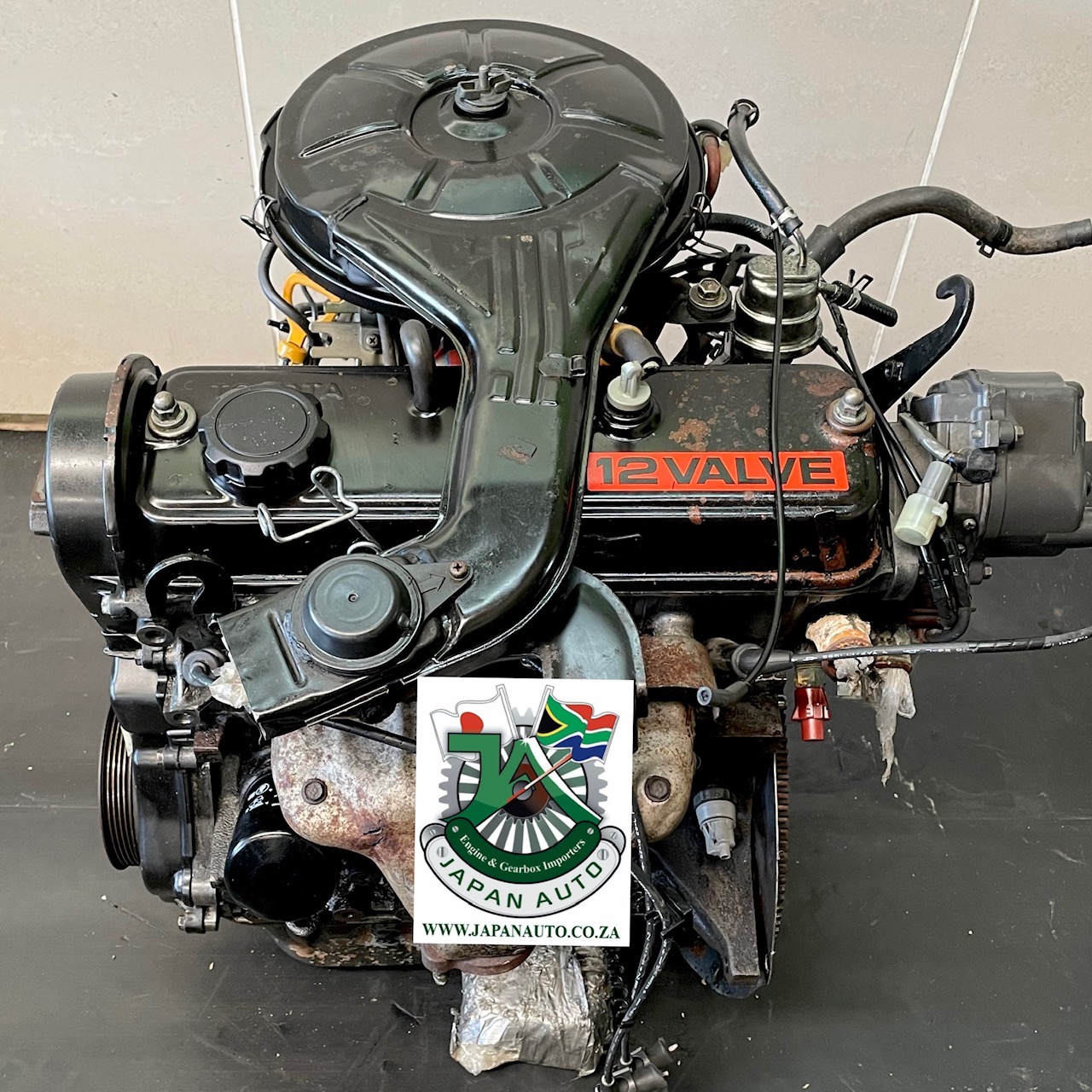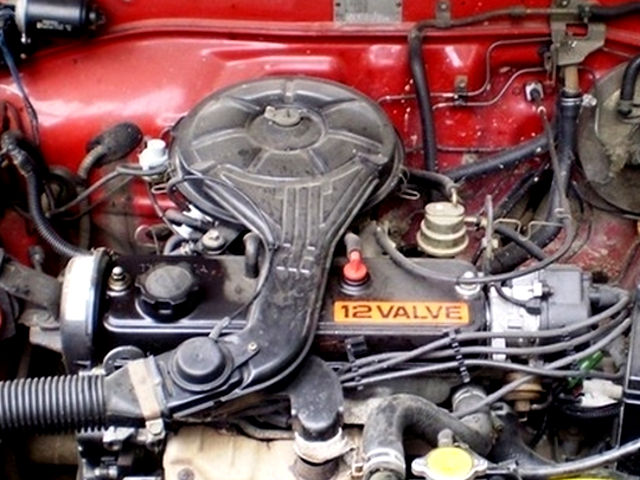Discover the Features and Benefits of the Toyota Tazz for First-Time Buyers
Discover the Features and Benefits of the Toyota Tazz for First-Time Buyers
Blog Article
Check Out the current Trends in Engine Innovation Through Tazz
In the quickly advancing landscape of automobile innovation, Tazz stands at the leading edge, highlighting considerable improvements in engine systems that prioritize both technology and sustainability. tazz. From crossbreed engines that maximize gas efficiency to the appearance of hydrogen fuel cells, the patterns forming modern powertrains are not only improving performance however likewise addressing crucial environmental obstacles. As the market remains to push boundaries, it is vital to think about exactly how these advancements will affect future transport options and the more comprehensive implications for worldwide energy usage. What lies ahead in this crucial change?
Hybrid Engine Innovations
Hybrid engine technologies stand for an essential shift in automobile innovation, combining the benefits of internal combustion engines with electric propulsion systems. This integration not only improves fuel efficiency yet also decreases discharges, conference significantly rigid environmental regulations. By making use of both energy resources, hybrid engines can enhance performance, supplying power when required while saving fuel throughout less demanding motoring conditions.
Current developments in crossbreed modern technology include renovations in battery efficiency and regenerative braking systems. These innovations enable for higher energy recovery throughout deceleration, which can be redirected to help in velocity or power accessory systems. Manufacturers are concentrating on lightweight materials and small designs to make the most of the efficiency of crossbreed powertrains.
The development of plug-in crossbreeds has likewise expanded the market, making it possible for vehicle drivers to bill their lorries utilizing standard electric outlets. This attribute typically enables for substantial all-electric range, more lowering dependancy on standard fuels. tazz. As the automobile market proceeds to evolve, hybrid engine technologies are expected to play a crucial function in connecting the space between conventional automobiles and fully electrical designs, supplying a transitional remedy that satisfies diverse customer demands and choices
Developments in Electric Powertrains
The auto landscape is rapidly developing, with electrical powertrains emerging as a leading force in sustainable transport. Advances in electrical car (EV) innovation are considerably enhancing user, efficiency, and efficiency experience. Secret innovations include enhancements in battery chemistry, which have increased energy thickness, reduced charging times, and extended total battery life.
Solid-state batteries, for instance, assure to reinvent the market by supplying higher security and performance compared to typical lithium-ion cells. In addition, developments in regenerative stopping systems are enabling vehicles to recoup energy during slowdown, adding to general performance.
Along with battery modern technology, electrical motor designs are coming to be much more innovative. Technologies such as integrated electric motors and progressed thermal management systems are aiding to maximize power delivery and decrease weight, ultimately enhancing automobile characteristics.

Jointly, these breakthroughs emphasize the commitment to shift towards cleaner, much more effective transportation solutions, placing electrical powertrains at the leading edge of auto development.
The Increase of Hydrogen Fuel Cells
Significantly, hydrogen fuel cells are gaining grip as a feasible alternative to conventional interior combustion engines and battery electrical automobiles. This modern technology utilizes the chemical power saved in hydrogen, transforming it into electrical energy through an electrochemical reaction with oxygen. The key result of this procedure is water, making hydrogen fuel cells an eco-friendly alternative with zero emissions at the tailpipe.

Car manufacturers are progressively purchasing hydrogen gas cell innovation, recognizing its possibility for long-range applications and quick refueling capacities that rival conventional fuels. Additionally, fields such as heavy-duty transport and public transportation are specifically fit for hydrogen fuel cells, where battery electrical services might fail as a result of weight and array constraints.
As research study and financial investment remain to expand, hydrogen fuel cells are poised to play a significant role in the future landscape of clean transport and power solutions.
Enhancements in Internal Combustion Engines
Innovations in interior combustion engine (ICE) innovation are transforming typical vehicles to meet contemporary environmental standards and performance assumptions. One of one of the most substantial enhancements entails the combination of innovative fuel injection systems. These systems enhance the air-fuel blend, enhancing burning efficiency and resulting in decreased exhausts. Straight gas shot, for instance, enables much better atomization of fuel, causing more full burning and boosted power output.
Furthermore, turbocharging has actually gotten importance, permitting smaller engines to supply higher performance without the weight of bigger engines - tazz. This modern technology not only improves efficiency however additionally contributes to decrease gas intake. Variable valve timing systems are also being fine-tuned, making it possible for engines to adjust to numerous driving problems for improved torque and web responsiveness
Additionally, the use of light-weight products in engine construction is becoming standard, further boosting gas performance by minimizing total vehicle weight. Engine control systems (ECUs) are progressively innovative, making it possible for real-time changes that optimize efficiency and discharges.
These enhancements jointly indicate a critical shift in ICE innovation, lining up with international sustainability goals while still giving the performance chauffeurs expect from their automobiles. As the industry advances, these renovations remain to form the future of conventional vehicle engineering.
Future Fads in Engine Effectiveness
Substantial developments in try this out engine effectiveness are prepared for as manufacturers concentrate on integrating advanced modern technologies to meet rigid ecological guidelines and customer needs. The shift in the direction of electrification, crossbreed systems, and alternative gas is improving the auto landscape, driving advancements that enhance gas economy and lower emissions.
One of the crucial patterns is the execution of sophisticated materials and producing strategies. Lightweight composites and high-strength alloys add to decreased automobile weight, hence improving general performance. Furthermore, the fostering of turbocharging and variable valve timing innovations enables for enhanced power outcome from smaller engines, better boosting fuel economy.

Final Thought
Innovations in crossbreed engine systems, electric powertrains, and hydrogen gas cells demonstrate a commitment to lowering emissions while boosting efficiency. Improvements in inner check my source burning engines and a focus on light-weight products contribute to overall engine performance.
From crossbreed engines that enhance gas performance to the development of hydrogen fuel cells, the patterns shaping contemporary powertrains are not just improving efficiency however additionally dealing with vital environmental challenges.Crossbreed engine technologies represent a crucial shift in automotive innovation, integrating the advantages of interior combustion engines with electric propulsion systems.Furthermore, turbocharging has actually acquired prestige, allowing smaller engines to deliver higher performance without the weight of larger engines. In addition, the adoption of turbocharging and variable valve timing modern technologies allows for enhanced power outcome from smaller engines, further boosting gas economy.
Enhancements in interior combustion engines and a focus on lightweight materials add to overall engine effectiveness.
Report this page